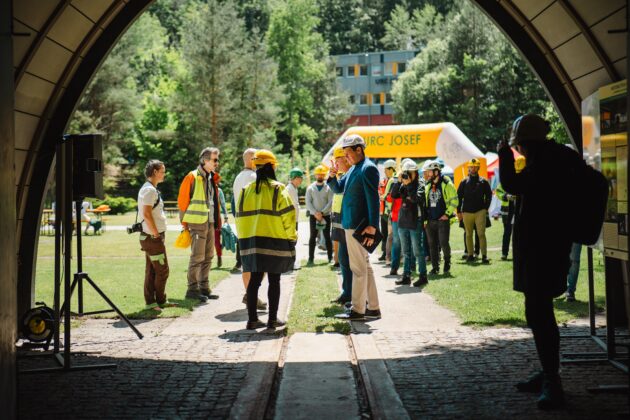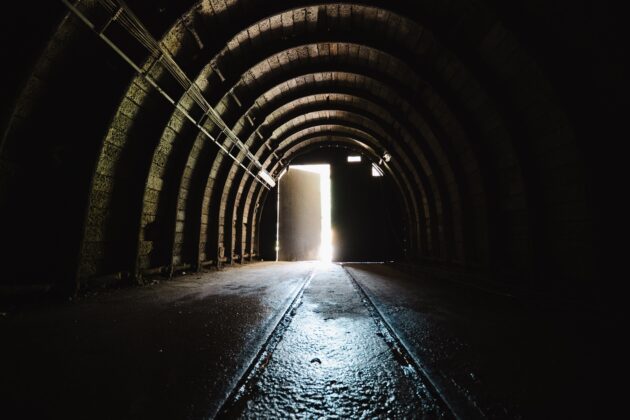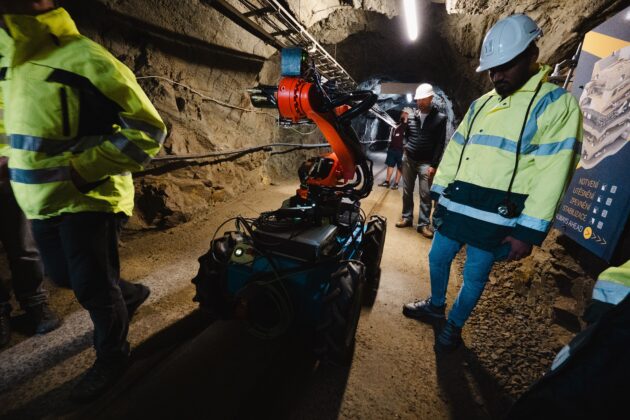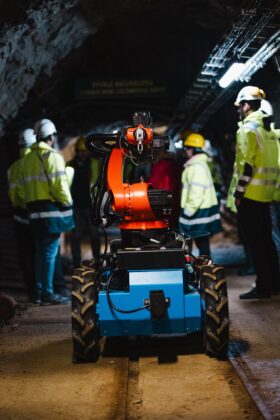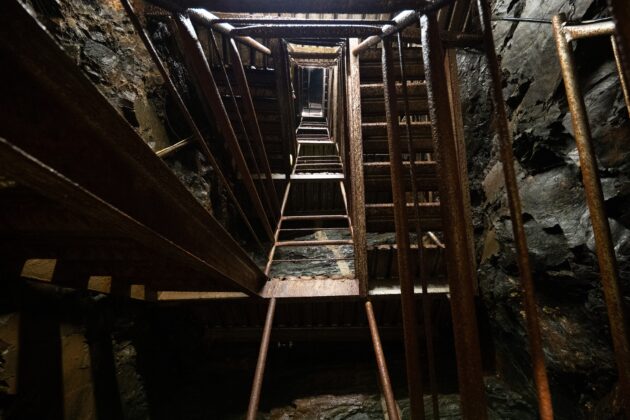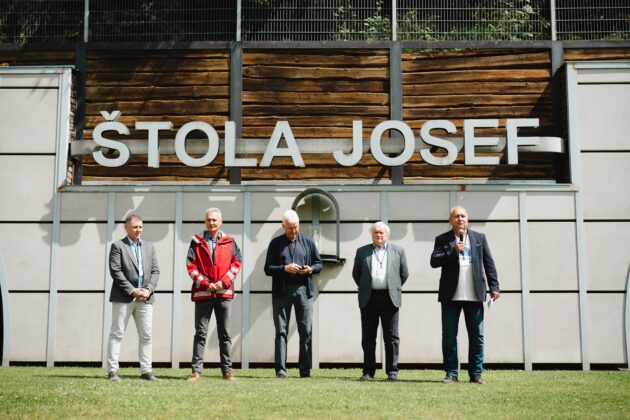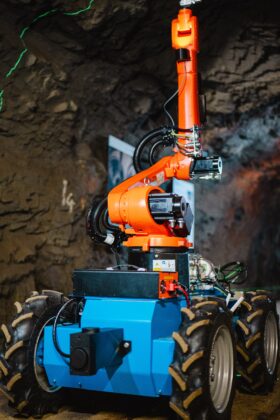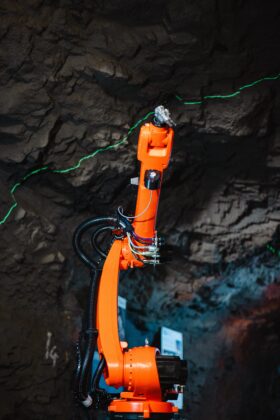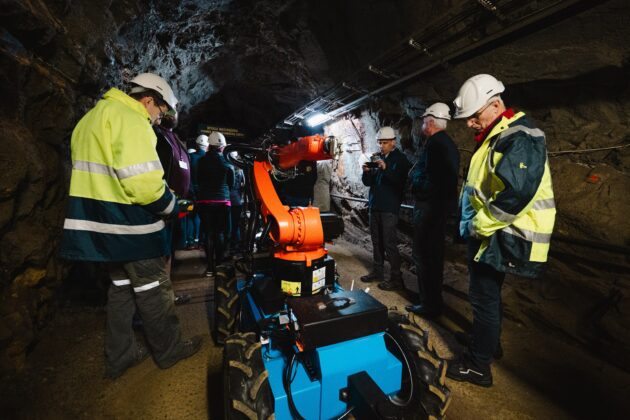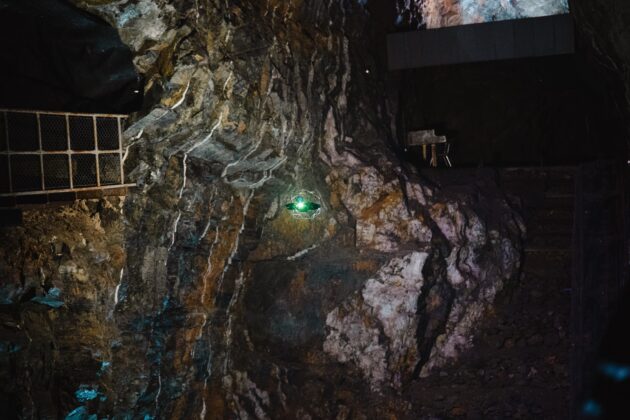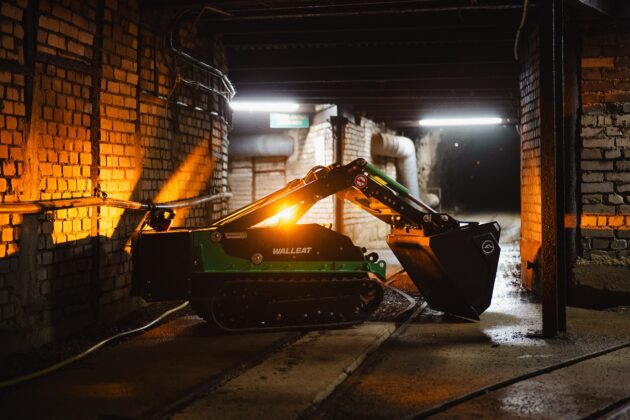Odborný workshop Robotika v podzemí, který proběhl ve výjimečném prostředí Podzemní laboratoře Josef v Chotilsku, potvrdil, že moderní technologie mají ve stavebnictví klíčové místo. Akce, kterou společně uspořádaly Fakulta stavební ČVUT, Národní centrum stavebnictví 4.0 (NCS) a dvanáct průmyslových partnerů, představila aktuální výzkumné projekty na pomezí robotiky, digitalizace a geotechniky.
Stavebnictví pod zemí: realita i virtuální prostor
Účastníci workshopu měli možnost nahlédnout nejen do samotného podzemí, ale i do jeho digitálního obrazu. Týmy prezentovaly georeferencovaný digitální model celé štoly, který umožňuje přesně mapovat a simulovat prostředí pro nasazení autonomních robotických systémů. Takový model je nezbytný pro zajištění bezpečnosti, efektivity i budoucí automatizace činností v podzemních stavbách.
„Digitalizace a precizní mapování jsou základem pro to, aby se robot v takto náročném prostředí dokázal efektivně orientovat a pracovat,“ uvedl Sovják.
Model se v praxi využívá nejen k výzkumu, ale i jako nástroj pro výuku studentů technických oborů. Aktuální výzkumy se zaměřují mimo jiné na využití podzemních prostor pro ukládání radioaktivního odpadu nebo akumulaci energie, což z laboratoře Josef činí unikátní testovací prostředí nejen v rámci Česka.
JULBOT: robot zrozený pro podzemí
Jedním z vrcholů akce bylo představení JULBOTu (Josef Underground Laboratory Bot) – robustního inspekčního robota vyvinutého speciálně pro prostředí štoly Josef. Platforma je vybavena senzory pro sběr dat, analýzu okolního prostoru a odolná vůči extrémním podmínkám. Unese až jednu tunu a jeho využití se plánuje jak ve výzkumu, tak v praktické výuce. Na vývoji se mohou podílet i další fakulty ČVUT a o spolupráci již projevily zájem i soukromé firmy.
Propojování světa vědy, praxe a veřejnosti
Workshop v podzemní laboratoři ukázal nejen technologické novinky, ale i důležitost mezioborové spolupráce. Cílem organizátorů bylo inspirovat jak odborníky, tak širší veřejnost k širšímu využívání robotiky, automatizace a digitálních nástrojů ve stavebnictví. Podle Radoslava Sovjáka má právě tento obor „obrovský inovační potenciál“, který lze naplno využít jen propojením akademické sféry, průmyslu a státní správy.




